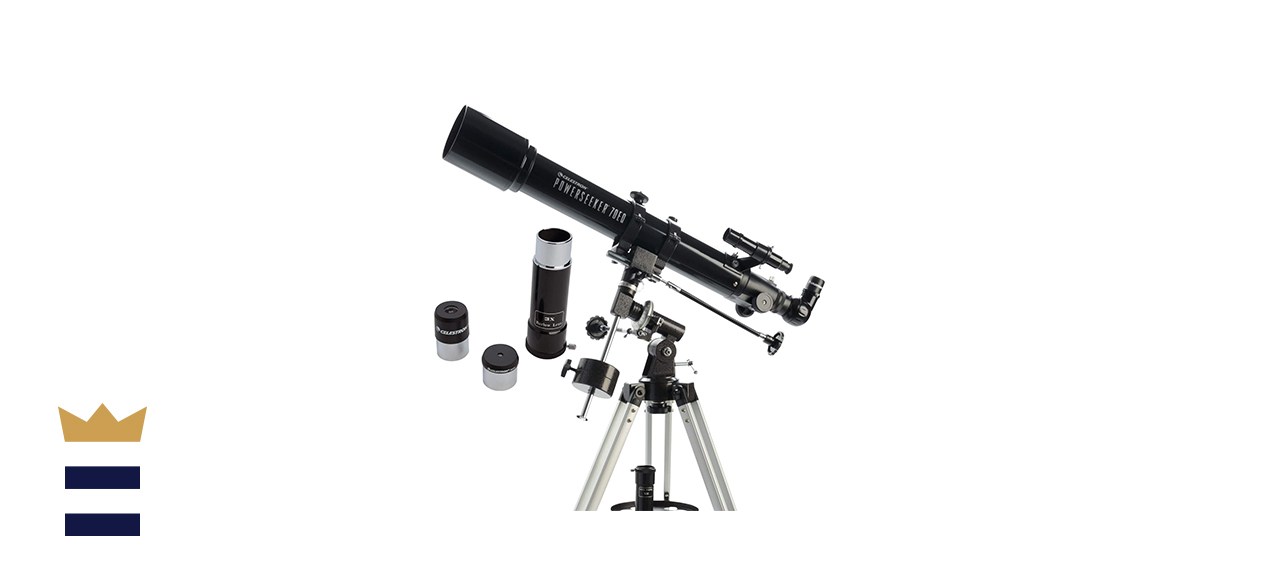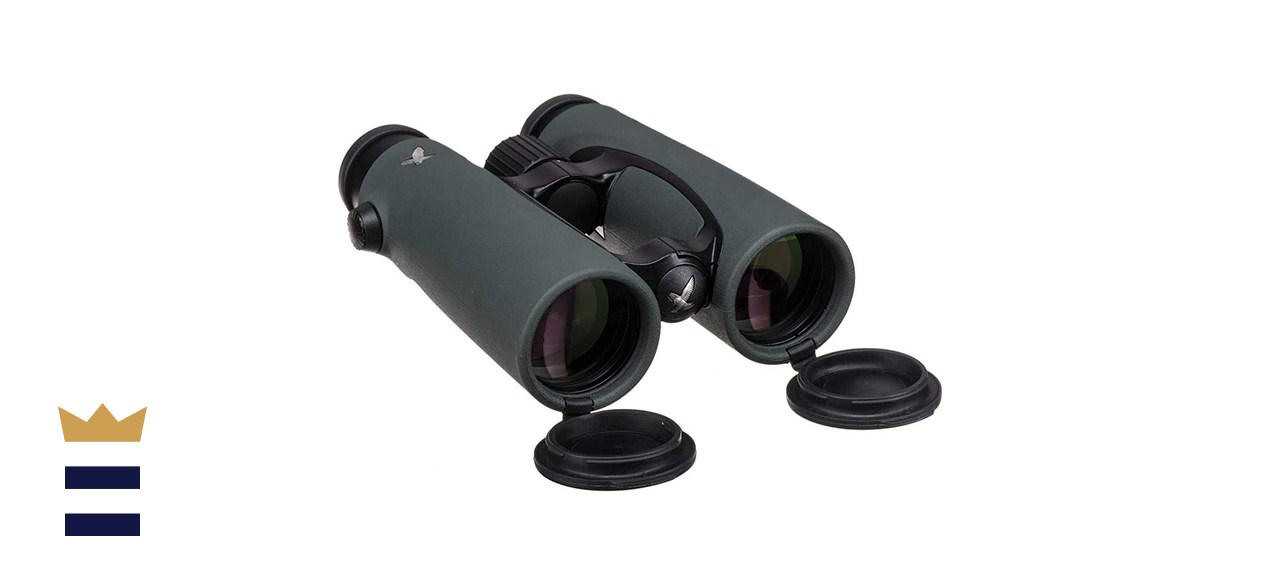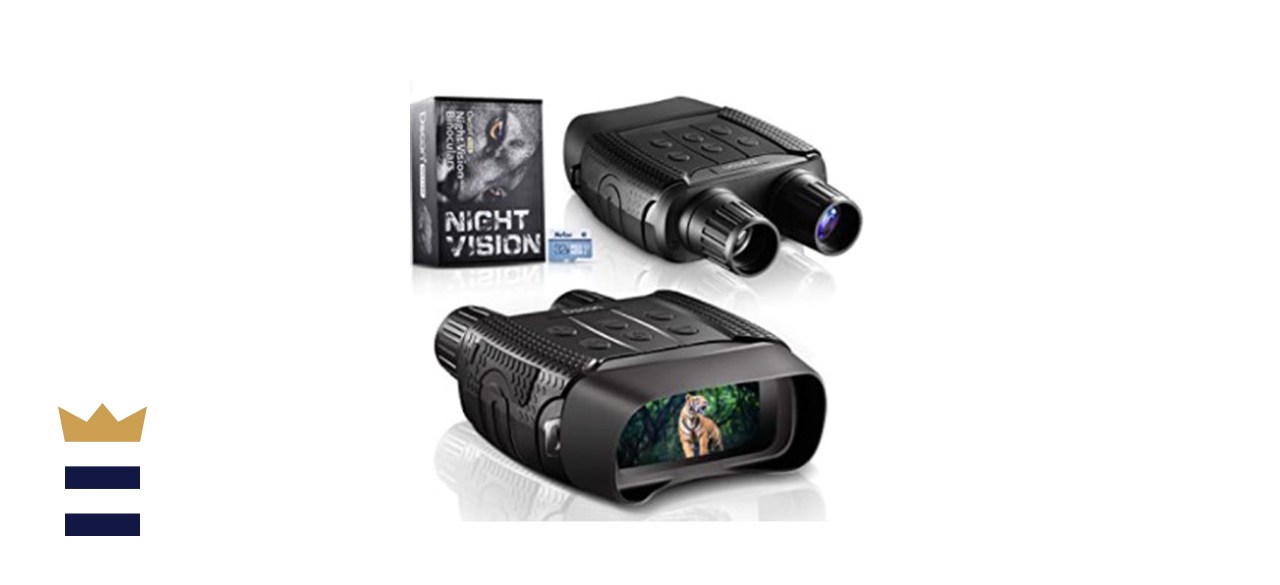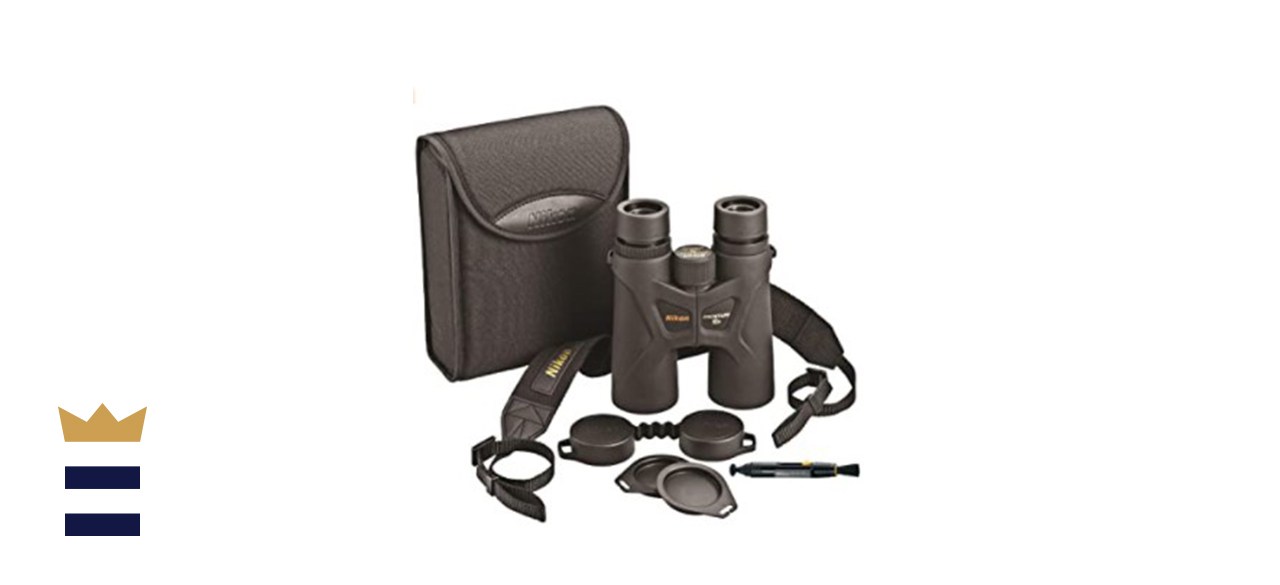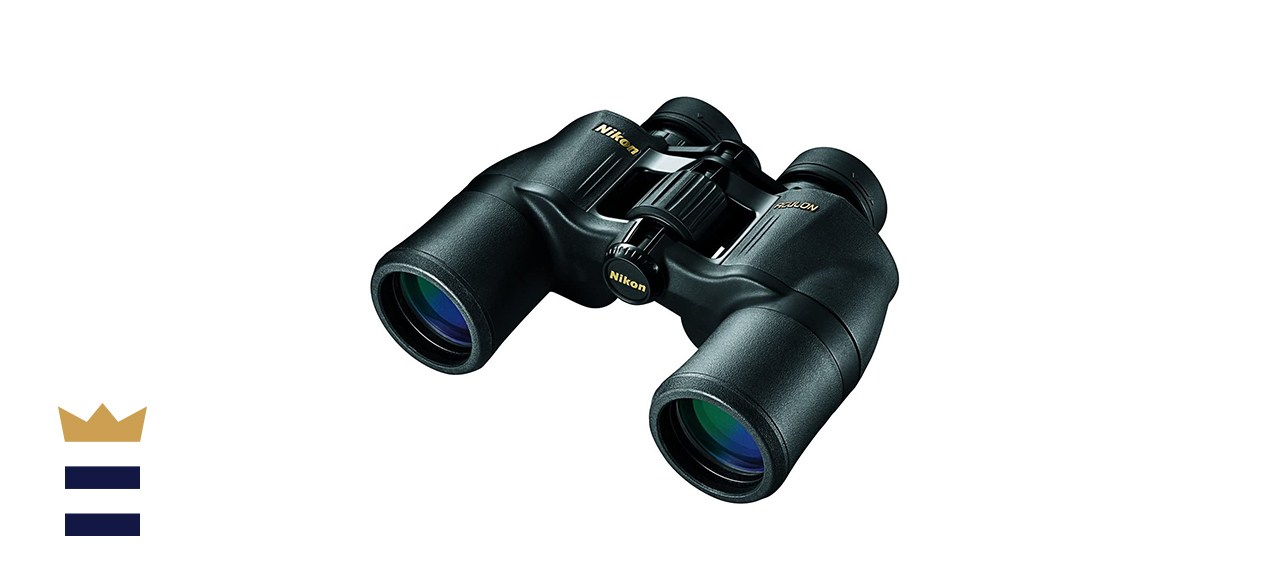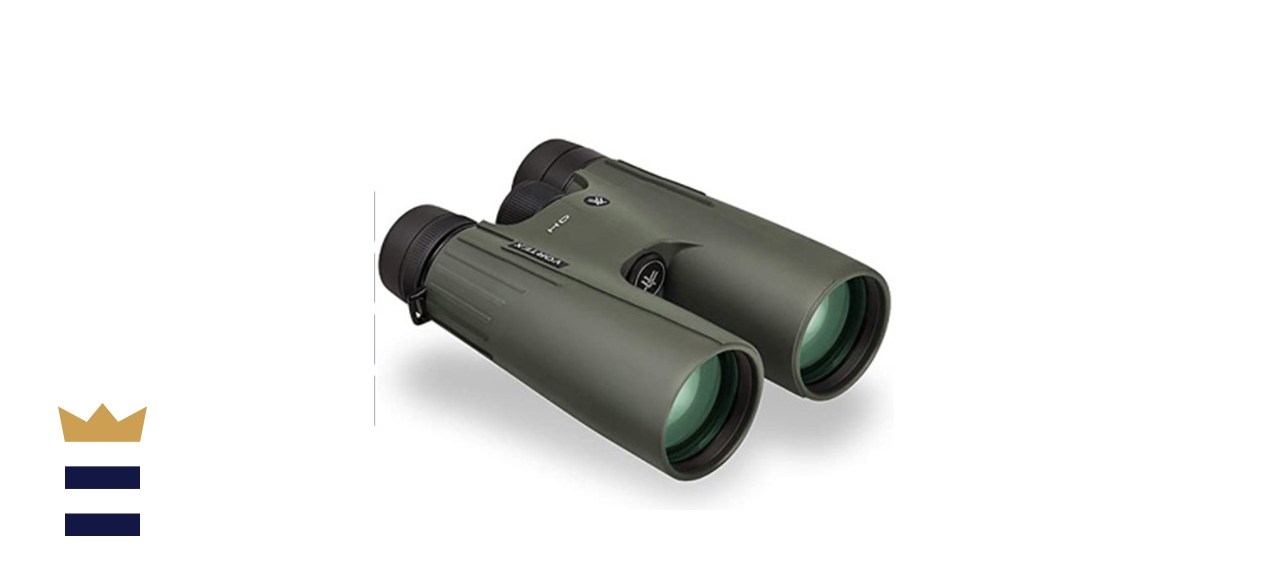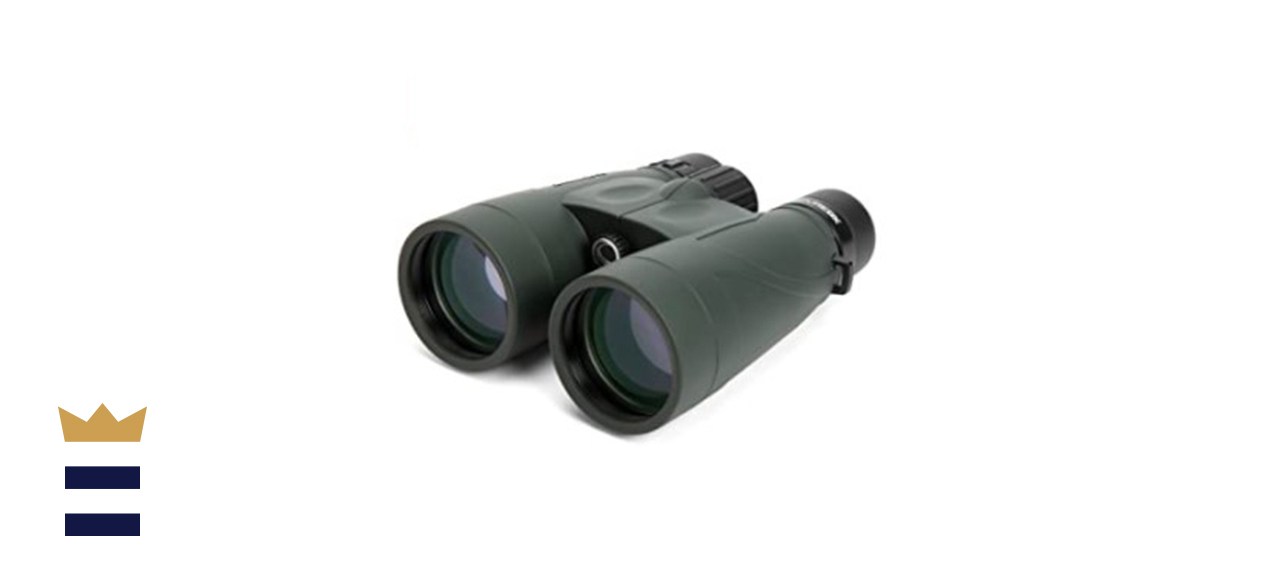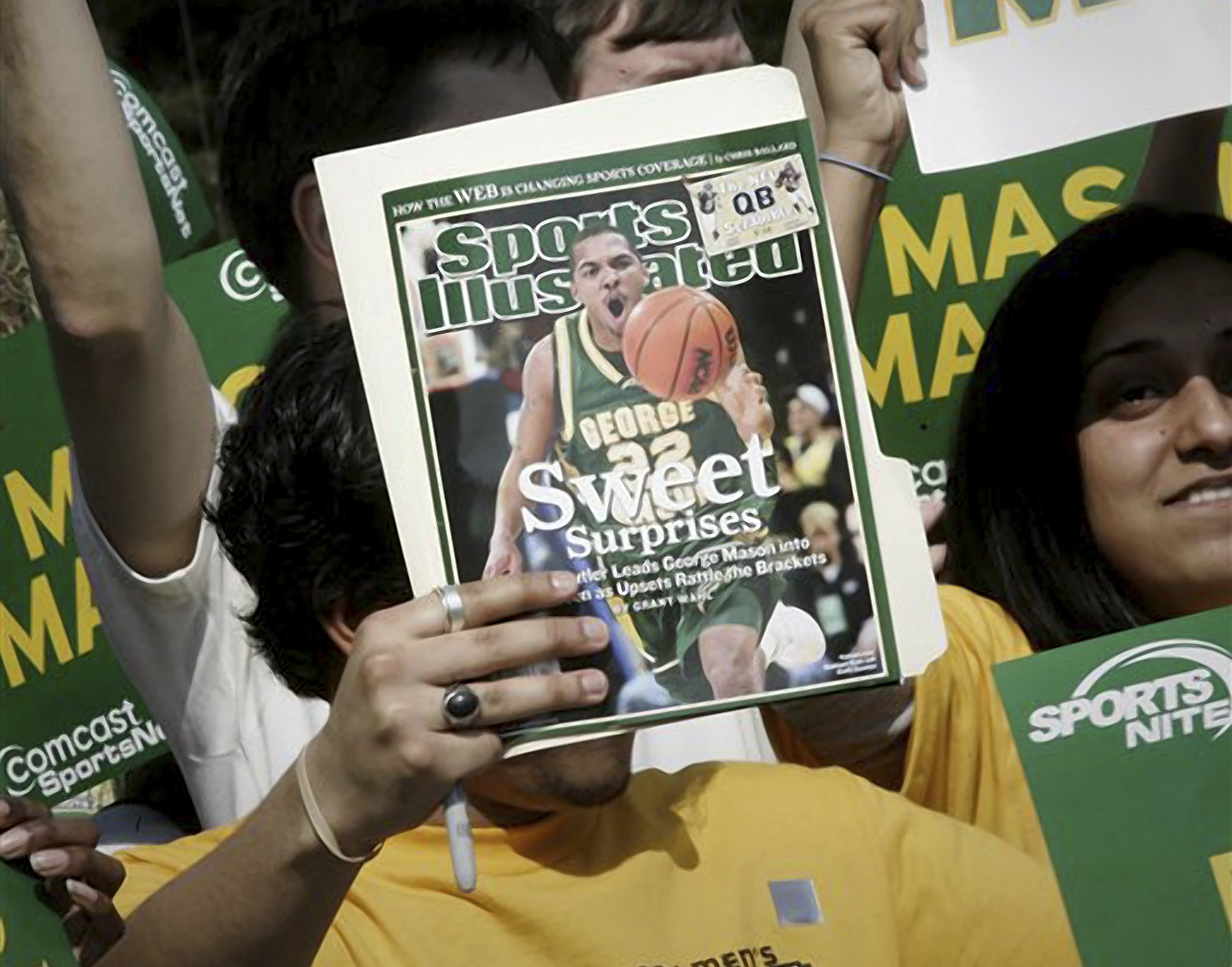How to choose binoculars
In today’s day and age, smartphones have replaced cameras as the most popular and commonly used everyday imaging devices. But for many hobbyists, binoculars — tried and true devices with centuries of history — simply can’t be replaced. Despite technological changes, binoculars remain a popular device for many outdoor activities, from stargazing to birdwatching, hunting and more. If you’re thinking about taking up a serene outdoor pastime, a good pair of binoculars is sure to enhance your experience.
But before you jump headfirst into a new pastime, make sure to find the right binoculars for your intended hobby. Although they all look pretty similar, it’s what’s inside them that counts, and that can make all the difference.
Common uses for binoculars
Binoculars are a great accessory for a number of activities and hobbies. The parameters to consider are magnification, represented by the first number in the specs, and objective lens diameter, the second number. For example, a pair of binoculars with the specs 10×42 represents a magnification of 10 times the human eye and a lens diameter of 42mm.
Birdwatching
Birdwatching, or birding, is one of the most popular applications of binocular use. One of the most old-fashioned hobbies, birding is as popular today as ever, inspiring clubs across America and around the world dedicated to spotting our flying friends. Books like the Kaufman Field Guide to Birds of North America, as well as many region-specific field guides, are a great companion for identifying all types of wild avian creatures. Binoculars with 8x and 10x magnification factors are great for birding.
Hunting
While a hunter’s primary equipment is their rifle or other ranged weapons, a great pair of binoculars are essential for spotting game. Whether hunting for food or sport, binoculars can be used to find targets on land, in the air and sometimes even in water. Binoculars with a magnification between 7x-10x are common, with 10x being the most popular among hunters.
Stargazing
Although telescopes are more commonly associated with stargazing, many find using binoculars to be just as useful for watching the night sky. With their greater portability and ease of use, binoculars are preferred by some amateur astronomers. However, it’s crucial to find a pair that works well in low-light situations, and stargazing requires a minimum magnification factor of 10x. Higher magnification, from 12x-20x, is even better, but binoculars can’t replace a telescope when it comes to peering deeper into space.
Sporting events, theater and live entertainment
Nobody loves the cheap seats, but if you want to make the best out of the experience, binoculars can bring the action up close. Whether it’s a long summer afternoon baseball game, a night at the opera or an outdoor music festival, anything between 4x-10x magnification can enhance your live event experience.
Nature viewing
Just like birdwatching, casually taking in your natural surroundings can be a serene and peaceful pastime. In addition to watching the skies, trail walking, hiking, mountain climbing and other outdoor activities benefit from the use of a good pair of binoculars. For this kind of general use, magnification of 8x-10x is more than enough, and with a lens diameter between 35mm-50mm, you’ll find a balanced field of view for taking in all of the natural wonders.
What to consider when buying binoculars
Price
Before you break the bank on a significant investment, consider that the price range for good-to-great binoculars is wide, ranging from $25-$500. If you want to commit to an investment of $100-$300, there are more than enough models from trusted brands that will match your needs. However, for those with the money to spend, high-tech binoculars can range anywhere from $600-$3,000, with the top-of-the-line luxury binoculars sitting in the $2,500-plus price range.
Roof prism vs. Porro prism
Prisms in binoculars are the simple blocks of glass that act as mirrors to amplify the images from the objective lenses to the ocular lenses, where you see images up-close. Porro prisms are the standard for modern-day binoculars since their invention over 150 years ago. They provide a clearer 3D image and a superior field of view, while roof prism binoculars streamline the device, making it lighter and more durable. If you plan to use your “binos” on the go or in the elements, roof prism is ideal; if clarity is your goal, stick to the Porro prism.
Special features
Several special features come with some specialty binos, like night vision, waterproofing, low light vision, adjustable eye relief and image stabilization. These features are usually directly related to the price, so it’s important to consider your primary intended use before splurging on extras.
Best binoculars
Best general use binoculars
Nikon ProStaff 3S 10×42 Binoculars
This is among the very best overall binos on the market, featuring waterproofing, fog proof lenses and long eye relief and more. They are compact and lightweight, especially compared to other Nikon models in the same range, and the price point is more than reasonable.
Available at: Dick’s Sporting Goods
Best binoculars for birdwatching
Nikon Aculon A211 10×42 Binoculars
The Nikon Aculon line is excellent for beginners and experienced birders alike, providing a superior viewing experience at a budget price. The fast and smooth central focus knob allows for rapid adjustments and the environmentally-friendly ECO-GLASS lenses provide clear and precise images.
Available at: Amazon and Dick’s Sporting Goods
Best binoculars for hunting
Vortex Optics Viper HD Roof Prism Binoculars
Lightweight, compact, waterproof and fog proof, the Viper HDs are made for hunting. Experienced hunters praise this pair for its high-density optical system and anti-reflective lens coating, which provide enhanced image quality in the field.
Available at: Amazon
Best binoculars for stargazing
Celestron Skymaster 25×100 Astro Binoculars
This powerful pair of Astro-binos is built for stargazing. High magnification meets the widest-available aperture to deliver high-quality images in low-light situations, and a built-in tripod adapter makes the Skymaster ready for still exploration.
Available at: Amazon
Best binoculars for live events
Bushnell Spectator 4×30 Extra-Wide Compact Binoculars
These sleek-looking binoculars provide triple the field of view as most standard pairs, and the Perma Focus feature keeps images clear without requiring manual adjustment. They’re also lightweight, making them perfect for long events like operas and baseball games.
Available at: Amazon
Best binoculars for nature viewing
Celestron Nature DX 12×56 Binoculars
Highly-rated optics are provided by BAK-4 prisms, considered to be the highest grade of glass in any pair of binoculars. These are great for low-light nature viewing, offering bright, clear and detailed views of distant subjects.
Available at: Amazon
Sign up here to receive the BestReviews weekly newsletter for useful advice on new products and noteworthy deals.
Matt Fleming writes for BestReviews. BestReviews has helped millions of consumers simplify their purchasing decisions, saving them time and money.
Copyright 2021 BestReviews, a Nexstar company. All rights reserved.



